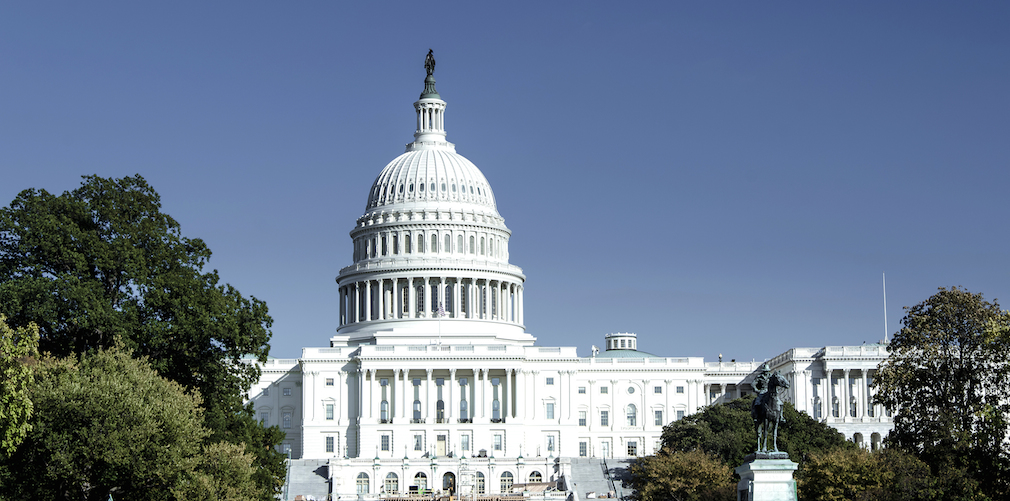Tony Rankins, a formerly homeless Army veteran who now builds affordable housing in Opportunity Zones, became a celebrity on Tuesday night after President Donald Trump introduced him to the nation during the State of the Union speech.
Rankins, a former corporal who left the Army in 1986, is a construction worker in Ohio for R Investments, a company that builds and renovates affordable multifamily homes and hotels in neighborhoods known as Opportunity Zones.
The economically challenged areas were designated for developer perks in the Tax Cut and Jobs Act of 2017 to encourage investment.
Rankins, who suffers from post-traumatic stress syndrome and drug addiction, got his job when he woke up one morning after sleeping in his car in Nashville, Tennessee, and saw an R Investments crew working on a project. He got up the nerve to walk up to the supervisor and ask for a job. Now he’s in recovery and working for one of the company’s projects in Cincinnati doing carpentry, framing and painting.
On Tuesday night, Rankins was sitting in the gallery of the House of Representatives next to Ivanka Trump, the president’s daughter who serves as a White House advisor.
“Opportunity Zones are helping Americans like Army veteran Tony Rankins,” Trump said in the speech. “After struggling with drug addiction, Tony lost his job, his house, and his family. He was homeless. But then Tony found a construction company that invests in Opportunity Zones. He is now a top tradesman, drug-free, reunited with his family, and he is here tonight.”
After Congress gave Rankins a standing ovation for about half a minute, the president said: “Tony, keep up the great work.”
Created by the Tax Cut and Jobs Act of 2017, Opportunity Zones provide incentives that allow investors to defer or minimize taxes on capital gains and, when the investment remains in play for more than a decade, eliminate capital gains taxes altogether.
Much of the focus on Opportunity Zone investment has been on commercial or multifamily real estate, but a study by ATTOM Data Solutions last year showed that 80% of Opportunity Zones were found to have median home prices that were below the national figure of $266,000.
To encourage the renovation of deteriorated housing in Opportunity Zones, the Federal Housing Administration last year boosted the amount of money that can be rolled into a 203(k) Rehabilitation Mortgage for properties in those areas.
Borrowers in Opportunity Zones now can finance up to $50,000 in rehab costs through an FHA loan, up from $35,000.
Stay up to date on exclusive coverage on the 2020 election’s impact on housing by signing up for HousingWire’s latest newsletter, HousingBallot. Sign up here!






